March 6, 2025 | 20:59 GMT +7
March 6, 2025 | 20:59 GMT +7
Hotline: 0913.378.918
March 6, 2025 | 20:59 GMT +7
Hotline: 0913.378.918
Across the world, researchers and farmers alike are working together to push the boundaries of what’s possible in food production, sustainability, and resource management. Here we’ll look at some of the most significant agricultural breakthroughs of 2024 that are shaping the future of farming:

One of the most exciting advancements in agriculture this year has been the progression in genomics and gene-editing technologies. CRISPR, a breakthrough gene-editing tool, has allowed scientists to make precise changes to plant DNA, boosting resistance to pests, diseases, and environmental stresses. In 2024, researchers have applied CRISPR to create crops that are not only more drought-resistant but also capable of thriving in high-salinity soils — crucial for regions facing water scarcity and soil degradation.
This year, field trials of salt-tolerant rice and wheat are showing promising results, potentially unlocking new arable land and enhancing food security for millions.
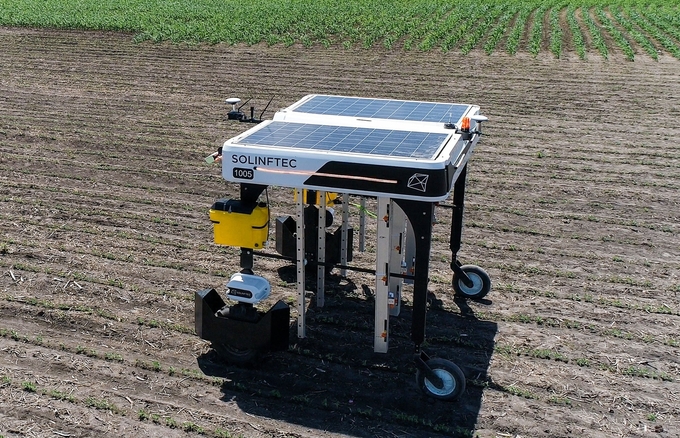
Agricultural robotics has taken giant leaps in 2024, making autonomous machines and robotic systems increasingly accessible to farms of all sizes. Robots are now assisting farmers in performing labor-intensive tasks like planting, weeding, harvesting, and even monitoring crop health. This technology reduces dependency on seasonal labor and allows for more precise and efficient farm management.
One standout this year has been the rise of robotic weeding machines that utilize AI to distinguish between crops and weeds. These machines are already reducing herbicide use by up to 90percent, which is not only cost-effective but also beneficial for the environment.

Vertical farming has been on the radar for several years, but in 2024, it’s finally gaining traction at a commercial scale. Advanced LED lighting, optimized hydroponics, and AI-driven climate control systems are helping vertical farms become more energy-efficient and productive than ever.
Vertical farming operations have expanded in urban centers, transforming unused warehouse space into high-yield, climate-controlled farms. These operations can produce crops year-round with minimal water and zero pesticides, offering a sustainable solution to urban food deserts and reducing the food miles associated with traditional farming. The technology has made it possible to grow produce like strawberries, tomatoes, and leafy greens at a competitive price, bringing fresh, local food closer to consumers.
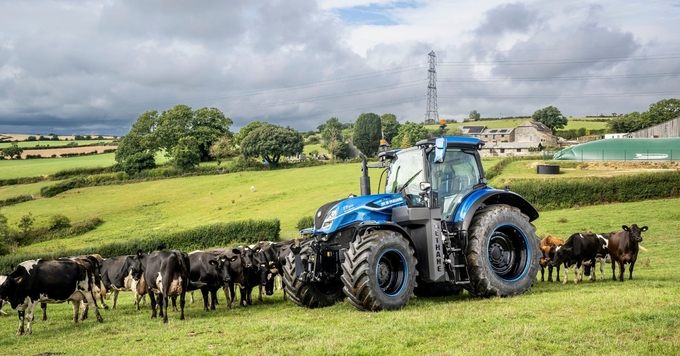
For the livestock sector, 2024 has brought forth innovations in precision farming techniques designed to improve animal health and welfare while reducing environmental impacts. One major breakthrough is the increased use of wearable activity trackers for animals, providing real-time data on their health, behavior, and even methane emissions. These devices enable farmers to monitor livestock individually, allowing for early intervention when an animal shows signs of illness.
Additionally, methane-capturing systems are becoming more efficient, turning livestock emissions into energy that can be used on the farm. By reducing methane emissions, these systems are helping to address agriculture’s carbon footprint while providing a renewable source of energy.
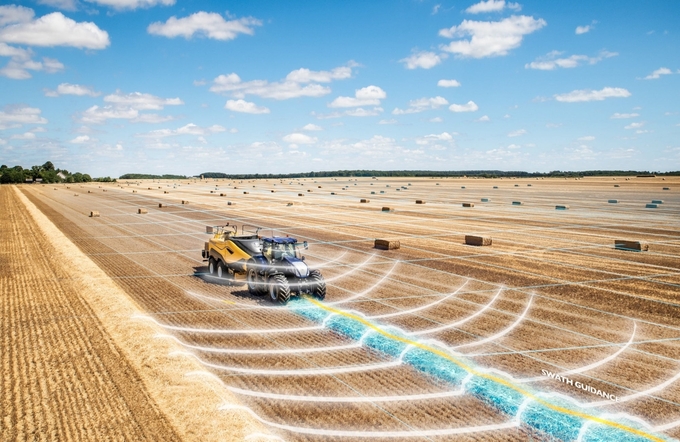
Artificial intelligence (AI) and the Internet of Things (IoT) are playing increasingly essential roles in agriculture. In 2024, we’ve seen a surge in AI-driven platforms that help farmers make data-informed decisions. From predicting optimal planting times to managing irrigation and fertilization schedules, AI systems analyze vast amounts of weather, soil, and crop data, providing recommendations tailored to individual fields. Coupled with IoT sensors, farmers have access to precise, real-time data, allowing them to monitor soil moisture, nutrient levels, and even crop growth patterns with unparalleled accuracy.
This data-driven approach has led to improved yields, reduced resource waste, and enhanced sustainability practices.

Sustainable pest management has always been a challenge for farmers who aim to reduce chemical pesticide use. In 2024, biocontrols — natural predators, parasites, or pathogens that target specific pests — have gained popularity. Enhanced by biotechnological advancements, biocontrol products now have longer shelf lives and greater resilience. For example, fungal biocontrol agents used to target insect pests have shown increased effectiveness and stability, even in harsh environmental conditions.
This shift toward biocontrols is helping farmers adopt environmentally friendly pest control measures that align with sustainable farming goals.
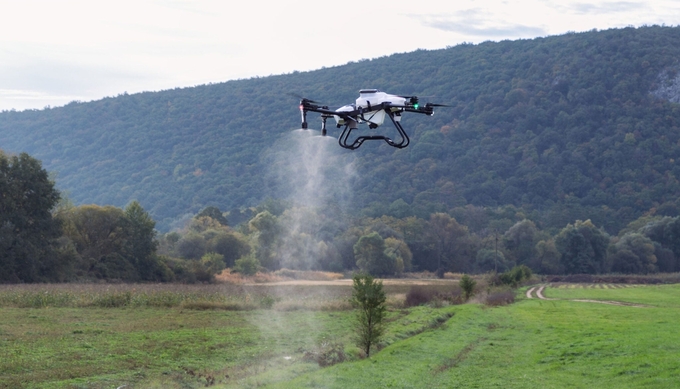
These breakthroughs in 2024 illustrate how technology and agriculture are more interconnected than ever before. Innovations in genomics, automation, vertical farming, precision livestock management, AI, and biocontrols are transforming traditional practices, enhancing productivity, and paving the way for a sustainable future. As these technologies continue to evolve and become more accessible, they hold the potential to empower farmers worldwide, meeting the challenges of a growing population and a changing climate.
Agriculture has always been an industry rooted in tradition, yet its adaptability and commitment to progress are now redefining its future. The solutions developed today are sowing the seeds for a resilient, efficient, and sustainable global food system that can thrive for generations to come.
agdaily
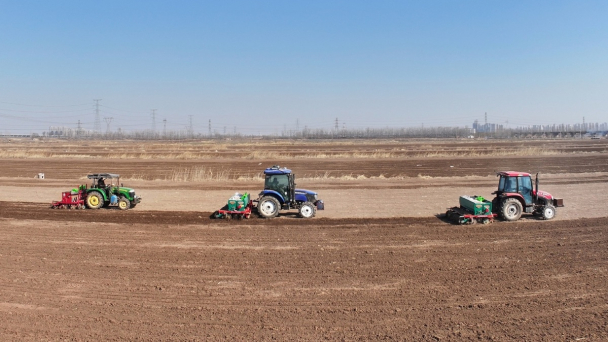
(VAN) Guidelines detail key importance of innovation in developing farming.

(VAN) Ho Chi Minh City has around 400.000 businesses and is calling for Indian companies to cooperate and invest in projects related to high technology, the environment, waste management and urban development...
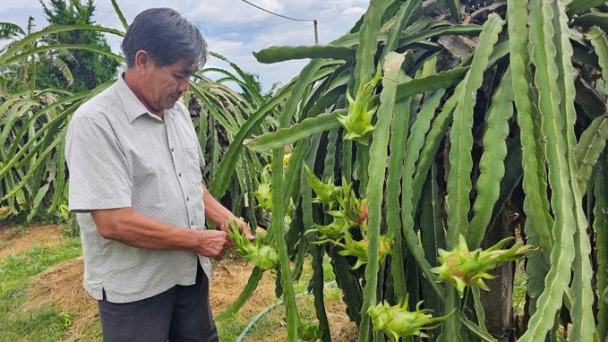
(VAN) Binh Thuan province's industry and trade sector continues to support dragon fruit processing and exporting businesses to promote, seek partners, and expand export markets.
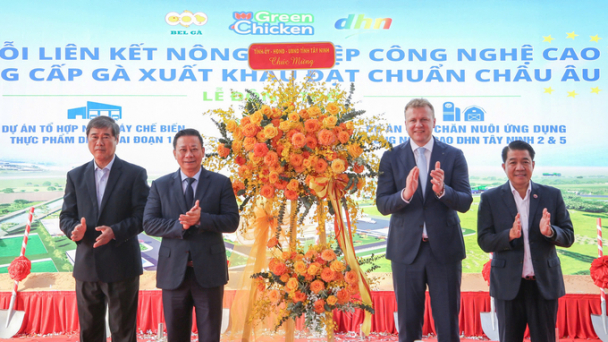
(VAN) De Heus and Hung Nhon have commenced construction on the DHP Food Processing Factory Complex and two DHN Tay Ninh High-Tech Livestock Area projects.

(VAN) Giong Rieng District (Kien Giang) has pioneered the application of 3D virtual reality technology to promote agriculture and connect markets on their website: 3dnongnghiepgiongrieng.vnasw.vn.
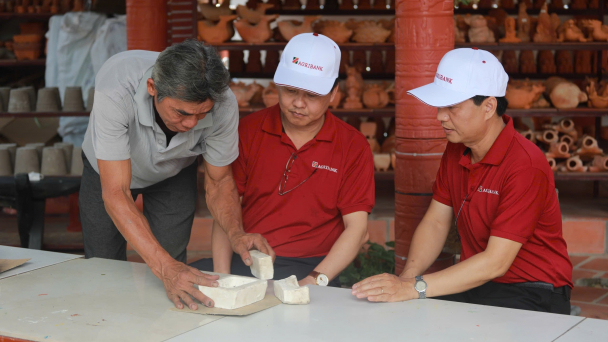
(VAN) Tu Buoi Pottery Village is a creative hub to preserve the essence of traditional craft, driving force for the development of Vinh Long Red Pottery on the tourism and trade map.
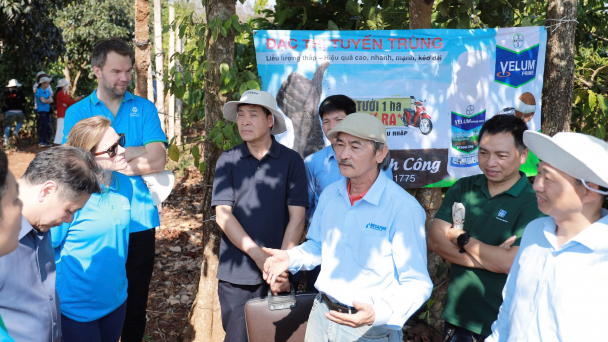
(VAN) Bayer has expanded sustainable agricultural development models in the Mekong Delta and Central Highlands, where two key plantation development initiatives have been enthusiastically received.